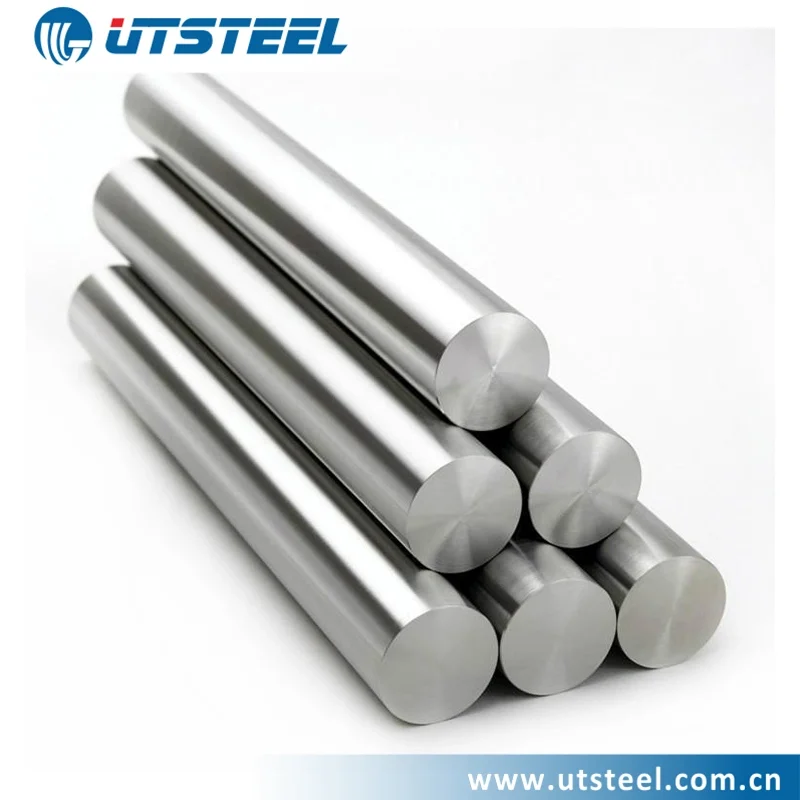- This topic is empty.
-
AuthorPosts
-
Alloy structural steels stand at the forefront of modern engineering, offering unparalleled strength and durability crucial for large-scale infrastructure projects. This article GCMIC delves into the economic advantages of incorporating alloy structural steels into such endeavors, emphasizing their resilience, cost-efficiency, and sustainability contributions.
What are Alloy Structural Steels?

Alloy structural steels are a category of steels that are specifically designed to have enhanced mechanical properties, such as strength, toughness, and wear resistance. These steels are alloyed with various elements, such as manganese, chromium, nickel, molybdenum, and vanadium, to improve their properties.The addition of these alloying elements allows alloy structural steels to exhibit superior strength and hardness compared to carbon steels. They are commonly used in the construction of structural components, such as beams, columns, and shafts, as well as in the manufacturing of machinery, vehicles, and equipment.
Economic Benefits of Using Alloy Structural Steels in Large-Scale Infrastructure Projects
Enhanced Durability and Longevity
Alloy structural steels, exemplified by high-strength low-alloy (HSLA) steel, boast exceptional resistance to corrosion, fatigue, and wear, ensuring structures withstand harsh environmental conditions. By choosing alloy steels, infrastructure projects benefit from extended service life, reducing maintenance frequency and costs over the project's lifespan.
Cost-Efficiency and Lifecycle Savings
Though initial costs for alloy structural steels may be higher than traditional materials, the long-term financial benefits are significant. The robust durability of alloy steels results in diminished maintenance and replacement expenses, translating to substantial lifecycle cost savings. The utilization of alloy structural steels presents a cost-effective solution aligned with sustainable development objectives.
Weight Optimization and Material Efficiency
Alloy structural steel's impressive strength-to-weight ratio enables the construction of lighter yet structurally sound buildings and infrastructure. This weight optimization not only reduces material consumption but also streamlines logistical operations, leading to tangible cost reductions. The efficient use of materials enhances economic efficiency and minimizes environmental impact in construction projects.
Energy Conservation and Operational Savings
The lightweight characteristics of alloy structural steels contribute to enhanced energy efficiency in construction projects, fostering sustainability and operational cost savings. Reduced structural weight decreases energy consumption requirements for building operations, aligning with environmental objectives and generating long-term economic benefits. By integrating alloy steels, projects optimize energy performance and demonstrate environmental responsibility.
Structural Integrity and Safety Compliance
Alloy structural steels uphold rigorous safety standards, ensuring the structural stability and safety of infrastructure projects. By prioritizing safety through the use of alloy steels, stakeholders mitigate risks, prevent accidents, and safeguard against costly structural failures. The assurance of structural integrity not only protects investments but also builds trust and credibility in project outcomes.
Promoting Sustainable Construction Practices
As environmental concerns grow, the adoption of alloy structural steels reflects a commitment to sustainable construction practices. These recyclable materials support green building certifications, foster circular economy principles, and reduce carbon footprints in the construction industry. Embracing alloy steels advances sustainable development goals while enhancing economic viability and social responsibility in infrastructure projects.
The incorporation of alloy structural steels in large-scale infrastructure projects embodies a strategic investment in durability, cost-efficiency, and sustainability. By harnessing the unique properties of alloy steels, stakeholders unlock long-term economic benefits, operational savings, and environmental stewardship opportunities, setting new benchmarks for excellence in infrastructure development. In an evolving construction landscape, alloy structural steels emerge as catalysts for innovation, progress, and sustainable growth, shaping the future of infrastructure expansion and urban development.
https://www.gcmicgroup.com/Alloy-Structural-Steel
Leah
info@gcmic.cn -
AuthorPosts